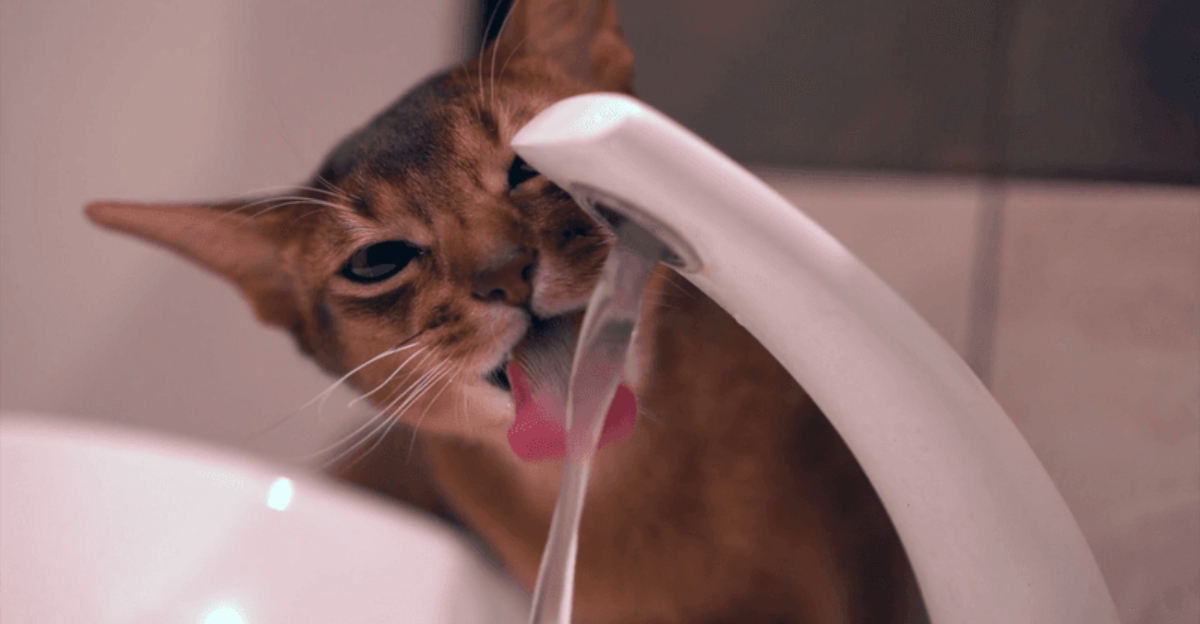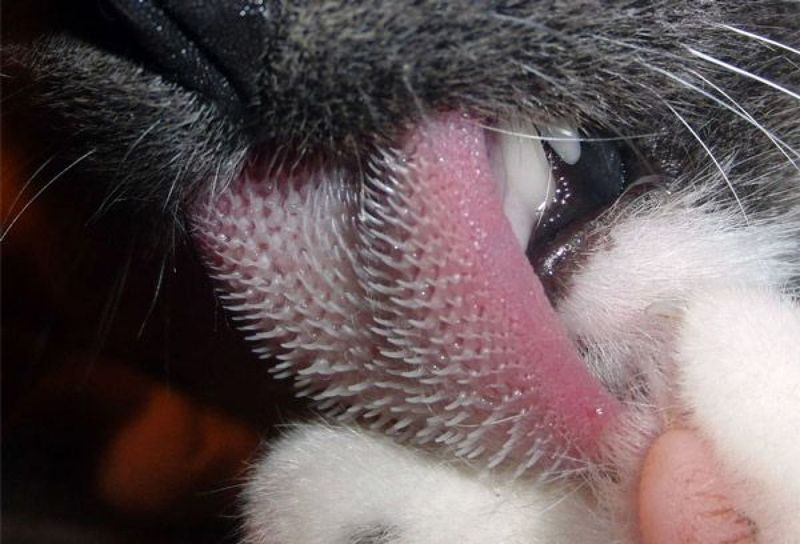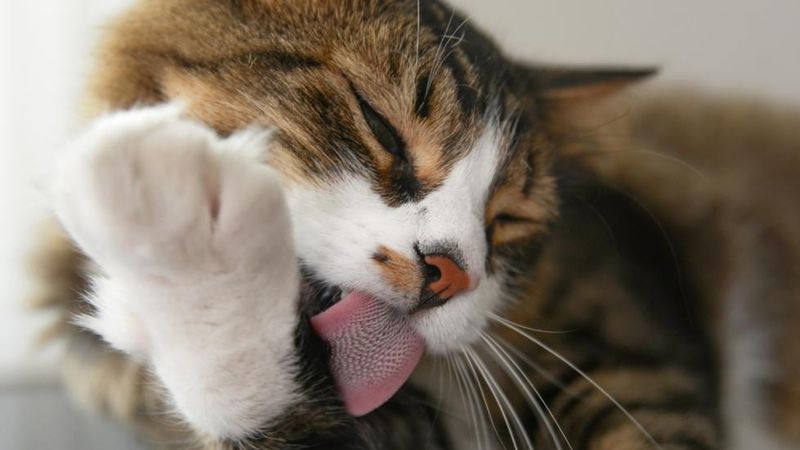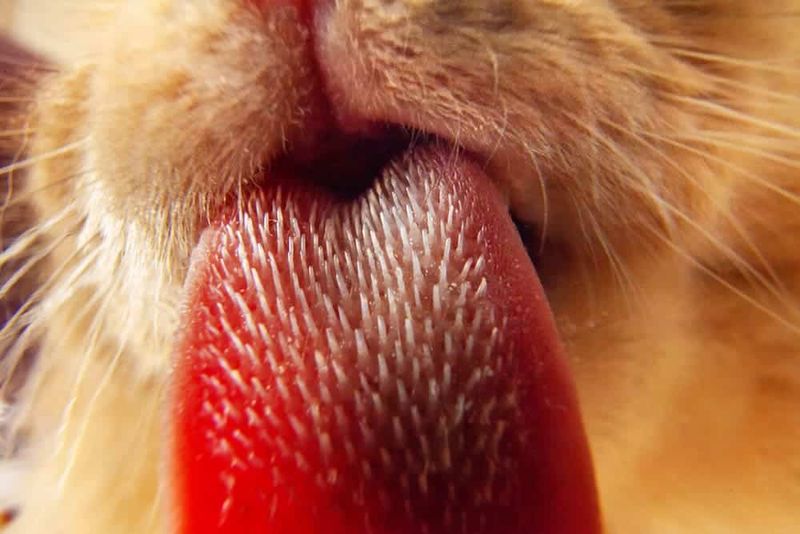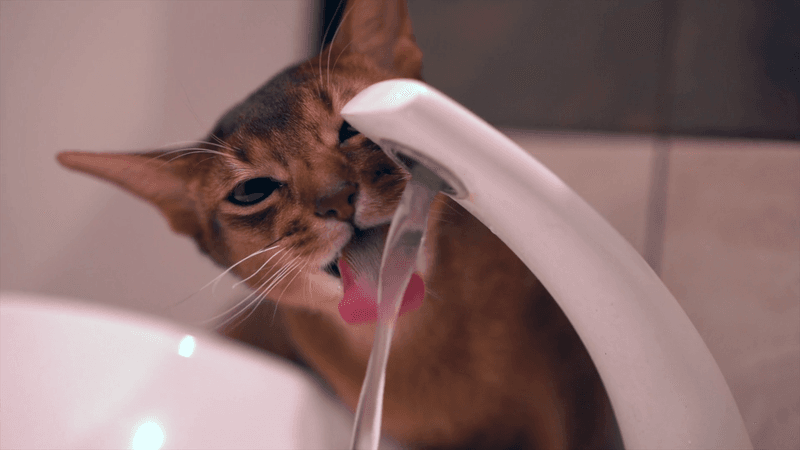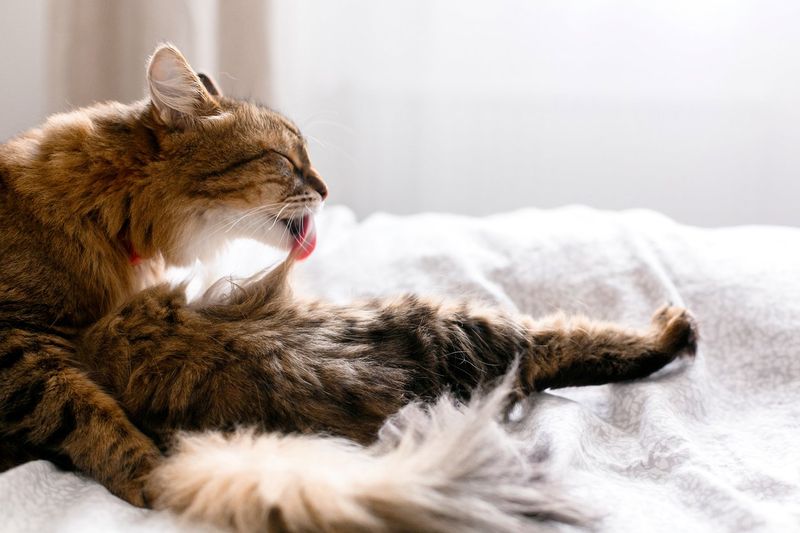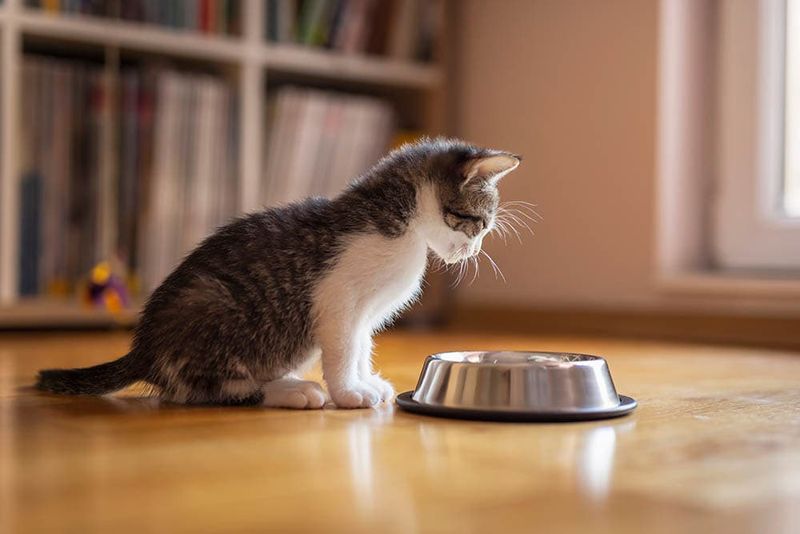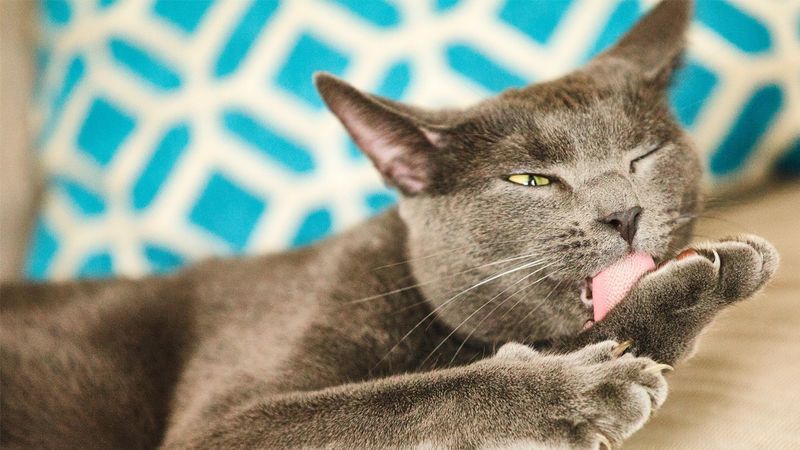📖 Table of Content:
Have you ever felt your cat lick your hand and thought, “Why does that feel like sandpaper?” You’re not alone. Cat tongues are one of the strangest and most fascinating features in the feline world. At first glance, they just look like tiny, pink tongues—but up close, they’re packed with bizarre structures and surprising functions that most people have never even heard of.
From grooming themselves with the precision of a professional stylist to drinking water in a way that would make physicists proud, cat tongues are much more than they appear. In fact, their rough, spiky surface isn’t just for show—it’s a multitool designed by nature to help them eat, clean, and even communicate. The science behind it is downright mind-blowing (and a little gross in the best way).
So if you’ve ever wondered what makes your cat’s lick feel like a mini exfoliation session—or why they’re constantly grooming like it’s their full-time job—you’re in for a treat. Here are 7 facts about cat tongues that’ll leave you saying, “Wait… what?!”
1. They’re Covered in Tiny Hooks
If you’ve ever taken a close look at a cat’s tongue (and lived to tell the tale), you might have noticed something spiky. These spikes are called papillae, and they’re made of the same tough protein that makes up human fingernails—keratin. Unlike human tongues, which are relatively smooth, a cat’s tongue is more like a natural brush. Each papilla curves backward like a tiny hook, creating that signature sandpaper feel. These structures are uniquely designed to latch onto surfaces, including food and fur. Evolution didn’t mess around when it equipped cats with this multitool. It’s the perfect adaptation for both grooming and tearing meat. No wonder your kitty’s tongue feels like a gentle scrub pad!
2. Built-In Grooming Brushes
Imagine having a built-in hairbrush you never had to carry—that’s exactly what a cat’s tongue offers. With every lick, their tongue acts like a fine-toothed comb, gliding through their fur and catching debris. Those keratinized papillae help untangle knots and remove loose hair effortlessly. It’s not just about cleanliness, though; grooming also helps cats regulate their body temperature and soothe themselves emotionally. Cats spend up to 50% of their awake time grooming, and their tongues make this marathon of hygiene possible. Every lick spreads oils produced by the skin across their coat, keeping it glossy and healthy. Their tongue isn’t just a cleaning tool—it’s an emotional pacifier, too. This built-in grooming system is one of the many reasons cats are so obsessively tidy.
3. They Can Strip Meat Like a Pro
Cats aren’t just cute fluffballs—they’re stealthy carnivores with tools of precision. Their tongues act like nature’s meat shredder, helping them tear muscle tissue from bone with ease. The backward-facing papillae rake through flesh, pulling every scrap of meat into the mouth. For wild cats, this ability is essential to survival, allowing them to make the most of every kill. Even house cats, fed from a tin or a bag, still carry this primal tool in their mouths. It’s a reminder that beneath the purrs lies a predator with serious hardware. Their eating habits might look dainty, but that tongue is doing heavy lifting behind the scenes. So next time your cat licks a roast chicken, remember—it’s more than just a taste test.
4. They’re Surprisingly Efficient at Drinking
At first glance, a cat lapping water seems like a simple motion—but there’s complex science behind it. Instead of scooping water like dogs, cats flick the surface at lightning speed. Their tongue barely touches the liquid, creating a column of water that they trap with a precise jaw snap. This fluid motion uses inertia and gravity to their advantage—yes, your cat is performing mini physics experiments every time it drinks. Unlike sloppier drinkers, cats stay almost perfectly clean, barely spilling a drop. Researchers have studied this action in slow motion and discovered it’s incredibly efficient for their size. What seems instinctual is actually a finely tuned method of hydration. Who knew drinking water could be so sophisticated?
5. They Can Over-Groom Themselves
Not every tongue behavior is harmless, and over-grooming is one such case. While grooming is natural and healthy, it can become excessive due to stress, boredom, or underlying health issues. Cats that lick too much may start to lose fur, develop bald patches, or even cause open sores. It may look like your cat is just being extra clean, but it’s often a sign something’s wrong. Over-grooming can be a response to environmental changes, such as a new pet, a move, or even changes in your schedule. If you notice repetitive licking in the same area, it might be time to consult a vet. Early intervention can prevent further irritation or skin infection. What looks like a quirky habit could actually be your cat crying out for help.
6. They Can’t Taste Sweet Things
Ever wonder why your cat ignores your cookies but goes crazy for tuna? Turns out, cats lack the T1R2 gene, which is responsible for tasting sweetness. Their taste buds are tuned specifically to protein and fat, making sweets a total blank to their palate. While dogs may beg for cake crumbs, cats simply don’t register sugary flavors. It’s a genetic quirk tied to their evolution as obligate carnivores. Since they rely on meat, tasting sugar never served a purpose in their dietary history. This also explains why cats are often indifferent to fruits and most carbs. So next time your cat snubs your dessert, don’t take it personally—it’s just biology doing its thing.
7. They’re Not Great for Healing Wounds
Despite popular myths, a cat’s tongue is not a sterile first-aid kit. Licking wounds may feel instinctual to them, but it often does more harm than good. Their mouths contain bacteria that can lead to infection if introduced into an open cut. While a few licks might seem harmless, excessive licking can delay healing or even cause injury. Some cats compulsively lick wounds, opening them further and creating more problems. It’s best to use a protective cone or wound covering if your cat won’t leave it alone. While they may think they’re helping, they’re usually just making things worse. So next time you catch your kitty playing nurse, kindly step in and take over the job.
